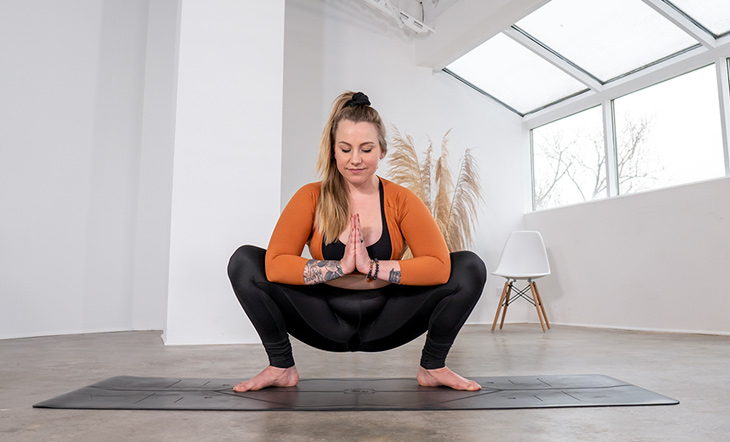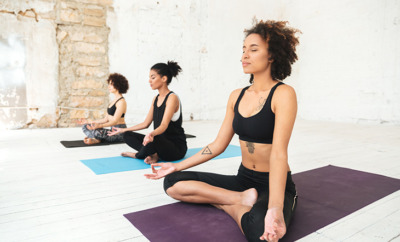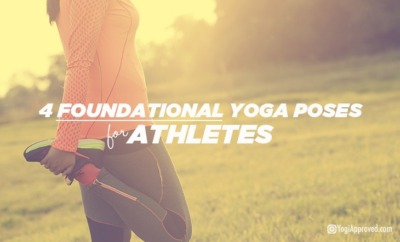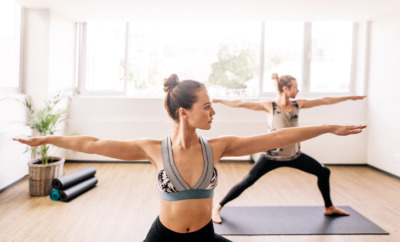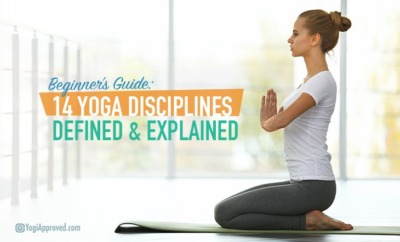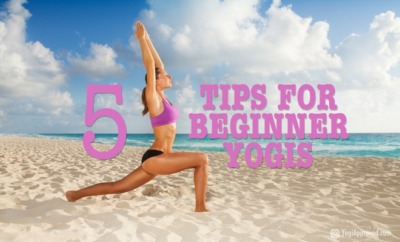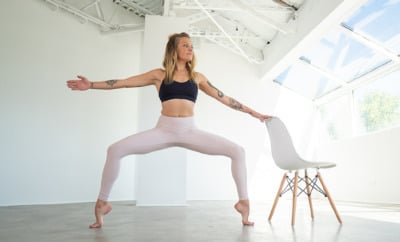A Beginner’s Guide to Hatha Yoga: Learn All About This Foundational Yoga Format

Hatha Yoga is one of the most common and popular types of yoga offered online and in yoga studios and if you practice yoga, odds are you’ve probably experienced a Hatha Yoga class for yourself.
Practice Hatha Yoga Today on YA Classes
Curious about trying a Hatha class for yourself? Check out some of our online Hatha Yoga class offerings on YA Classes by YouAligned! These classes are a great place to start. Every class you complete helps plant a food-producing tree. Not yet a member? Try it out for free for 14 days.
Many of us are at least somewhat aware that there are different “kinds” of yoga, but you may wonder about the differences between them. These different styles of yoga have developed from different lineages, or gurus’ teachings, and many are named after that guru.
Iyengar is named after B.K.S. Iyengar, Bikram after Bikram Choudhury, Baptiste after Baron Baptiste. So where does Hatha Yoga come from? What benefits does this practice have? And how can you start your very own Hatha practice?
Want to learn more about the different styles of yoga? Read A Beginner’s Guide to Yoga: 14 Yoga Disciplines Defined and Explained
What Is Hatha Yoga?
In Sanskrit, Hatha means “forceful.” So, Hatha yoga is created through physical force (asana/postures) rather than the more subtle meditation practice.
Another way of popular thinking is that Hatha is all about balancing the body and mind. Some say “ha” represents the sun and “tha” the moon, so the practice of Hatha Yoga aims to join, yoke, or balance these two energies.
With either definition, Hatha is a physical practice. But aside from the asana, it can also include pranayama breathing, chanting mantras, or creating hand gestures called mudras.
But wait, don’t all yoga classes include at least some of these aspects? In short, yes they do! Vinyasa, Ashtanga, and similar styles are all variations of Hatha. Hatha takes place in a non-heated room with a gentle pace.
Looking for more articles on yoga styles and yoga history? Check out our full library of Yoga articles here
What’s the Difference Between Hatha Yoga vs. Vinyasa Yoga?
This is a common question worth discussing here. Many people have heard of these two popular types of yoga, but aren’t sure how they are similar and how they are different.
Vinyasa and Hatha yoga are very similar because Vinyasa itself is actually a version of Hatha yoga. The main difference between Hatha yoga and Vinyasa, however, is the flow between poses.
Hatha doesn’t have much “flow,” and holds each pose for a longer period of time before moving on to the next. Due to this, the main difference you might notice in a Hatha class is that the tempo of the class is a bit slower than Vinyasa.
However, there is a very fine line between flowing with your breath and breathing through the poses. So, in some cases, a very flowy Hatha class might feel like Vinyasa class. If you need more clarification of what to expect, ask the studio or teachers themselves how the classes differ or, better yet, try them to find out for yourself.
Benefits
Hatha Yoga has innumerable benefits. Hatha classes specifically are a great place for beginners to start on their yoga journeys. The slower pace, when compared to Vinyasa or Power yoga, can feel less intimidating and allow the practitioner to gain familiarity with the poses.
In class, you will have an opportunity to work on your alignment, learn relaxation techniques, and become comfortable with doing yoga while building strength and flexibility.
Hatha Yoga practices, including the asana, pranayama, mudras, and mantras promote powerful energy to create change both mentally and physically. They can change how we feel in our spirit and in our body.
Not only can Hatha improve feelings of happiness and wellbeing, but it can also help release sadness and grieving as well as encourage relaxation. Overall, we can use our yoga practice to become more connected to ourselves and more engaged with world we live in.
It is thought that the yoga postures and breathing techniques in Hatha purify the physical body. The Sachidananda Ashram states on their website that, “Even if you have developed some bad habits, by practicing Hatha Yoga you will lose all the undesirable cravings. All the cravings for drugs, smoke, and alcohol are caused by the toxins that are already in the body.”
Hatha and it’s variations have also been shown to improve immunity, reduce signs of aging, regulate hormones, and promote healthy blood flow.
How to Start Your Hatha Yoga Practice
Many people begin a Hatha practice naturally when they are first starting their yoga journey. You can attend a Hatha class in a studio, or follow along with Youtubers, but if you want to begin your practice at home start with the following outline:
Breathe: Notice your breath. Once you feel grounded, begin to lengthen the inhales and exhales, and maybe place a hand on your belly to feel it rise and fall. Continue for about 3-5 minutes.
Meditate: Once you feel completely present through the breath, you can begin to breathe naturally and allow the mind to be at ease. If your thoughts drift, it’s okay! It’s part of the practice! Just bring it back to the breath or present moment.
Beginner Asanas: If you are familiar with any poses, work your way through a few and hold for at least five breaths. This part of the practice can be as short or as long as your body is comfortable with.
Savasana: At the end of your asana practice, dim the lights and maybe put on a calming song. Allow your body to completely relax and completely soak up the Hatha practice.
The Takeaway on the Hatha Practice
Hatha can be a great introduction to yoga, but shouldn’t be mistaken for “easy” yoga. It can still be challenging both physically and mentally. Hatha classes provide an opportunity to stretch, unwind, and release tension – which is vital to both busy lifestyles and recovery after intense workouts.
If you go into a Hatha class and it doesn’t feel right for you, don’t give up on yoga completely! There are always the many other styles of yoga that stem from Hatha, like Vinyasa or Power Yoga which might be more your style.
What is your experience with Hatha yoga? Please share in the comments below – we love hearing from you!


This Month's Letter
From the Editor
Monthly motivation and food for
thought from our founder.

